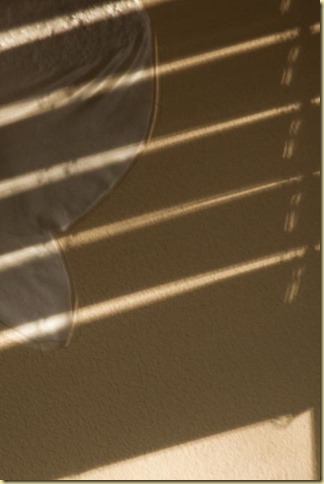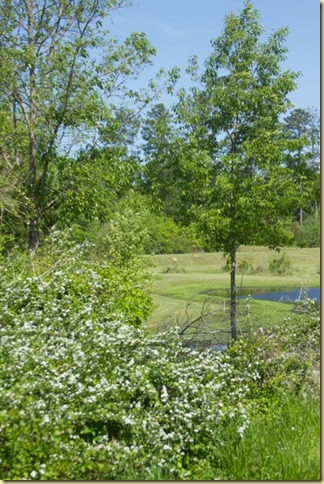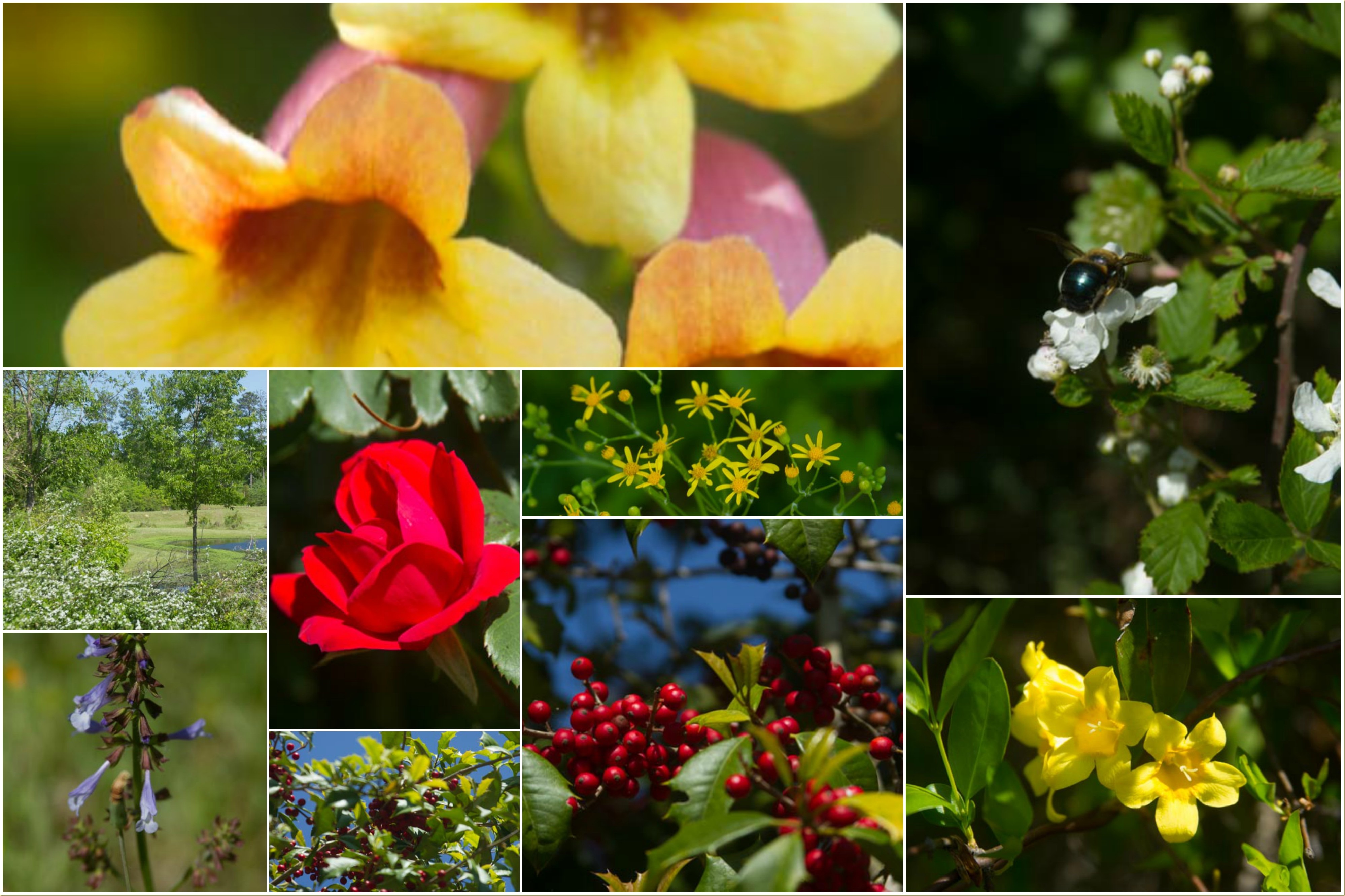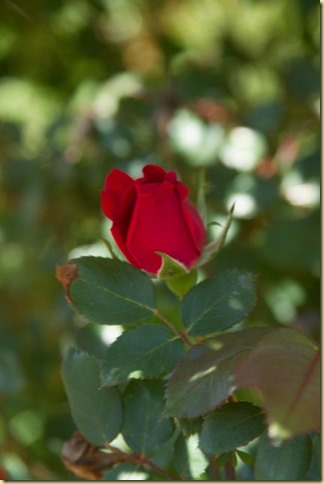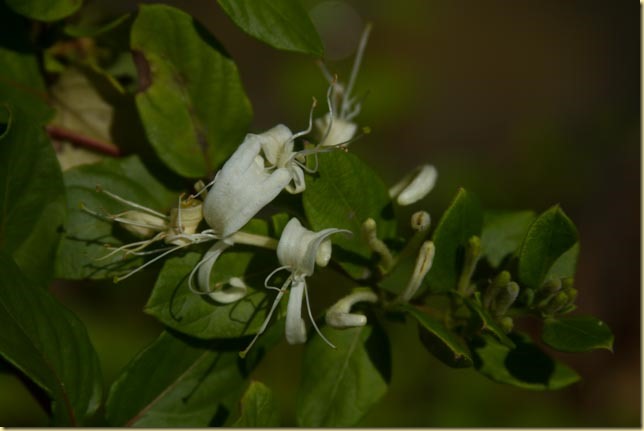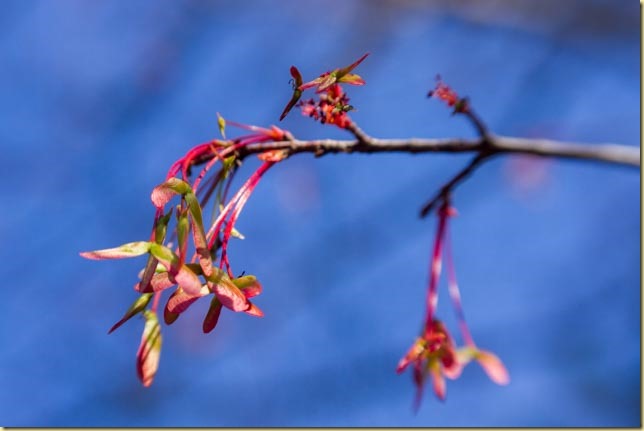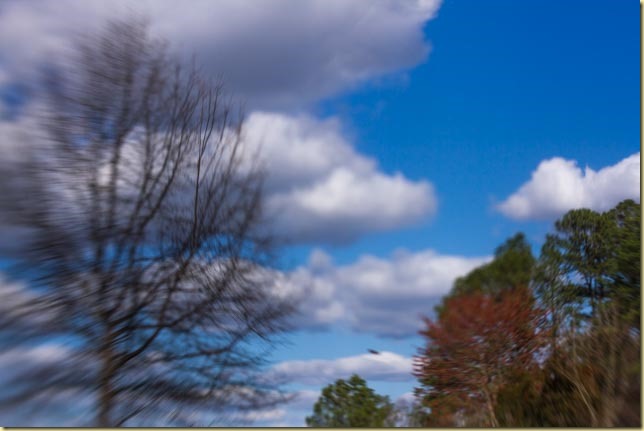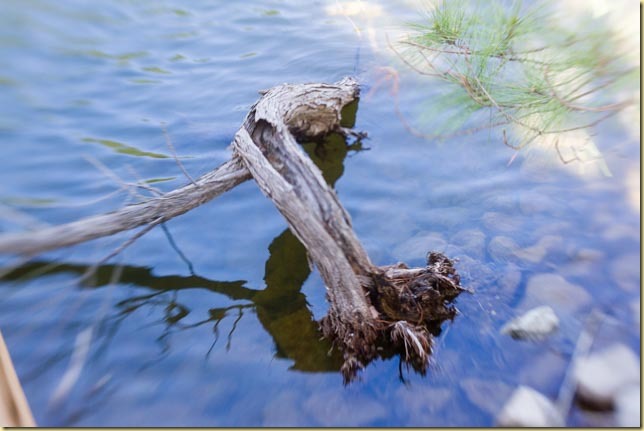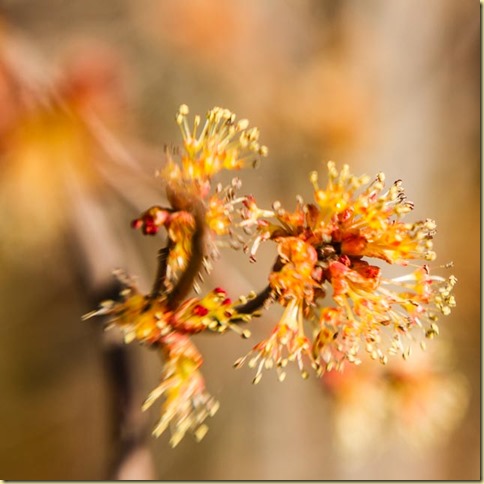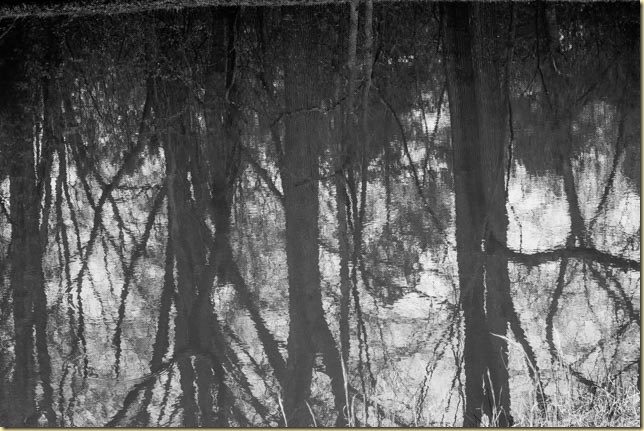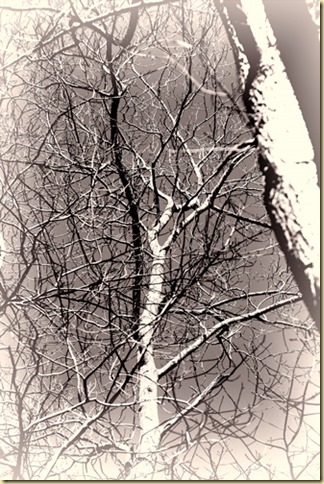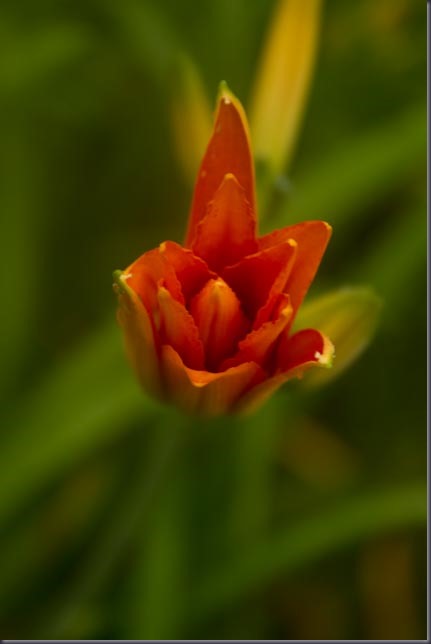I opened WordPress this afternoon to discover that I have not written or published anything since sometime in 2018.
What happened?
I suppose it’s just life. . . . The busy-ness of school from August to May, I suppose it could be pursuit of other interests, even. It may even be a loss of interesting in keeping a blog.
Yet, as a teacher of writing and composition, I know I need to write, and I need to write often. So today–on the 7th of April, I shall begin again–writing, photographing, and, most of all, finding the time to do this thing called blogging.
I am taking a course with Kim Manley Ort–six weeks in length–called “Place”. It’s all about developing a deeper sense of the place(s) we live. We began this week with a deep dive into geologic history. I have not yet taken out my camera to get a picture of the geologic sense of place. I should do that very soon! I am, perhaps, waiting until spring break in a week.
Here’s what I have learned, and what I already knew. I live in the Midlands of South Carolina, between the Low Country and the Piedmont/Foothills. It’s relatively hilly, unlike the Sandhills to the east, but not as hilly as the Upstate! The primary rock formations consist of quarts and mica, and a few other minerals, and I think there are even some gemstones around. At one time, there was a diamond mine over around Blythewood. I live near a small town (as in one “main” street, Highway 76) called Little Mountain. It is so named because it was founded at the base of a monadnock named Little Mountain. This area is also part of the Carolina shale belt. Millenia of erosion have taken down everything else but this rise, which geologists say is “highly mineralized” with the aforementioned quartz and other mineral rocks. Little Mountain is the highest elevation between the Coast and the Foothills. At one time it was probably a bustling train stop, but no more. The train tracks are still there, and the train does go through Little Mountain at least once a day, but there is no longer a depot, though the buildings remain, and the train no longer makes regular stops for pick-ups and deliveries.
At one time, the ocean did reach the Midlands. The Sandhills to the east are the vestiges of that prehistoric ocean front. I am afraid I wouldn’t know a fossil from a rock, though, so I’ve never gone fossil hunting in this area. Perhaps, if I could find someone who would help me, I wouldn’t mind looking for fossils in the rocks of the area. It could be an interesting pursuit.
There are no pictures today, but they are coming soon.

